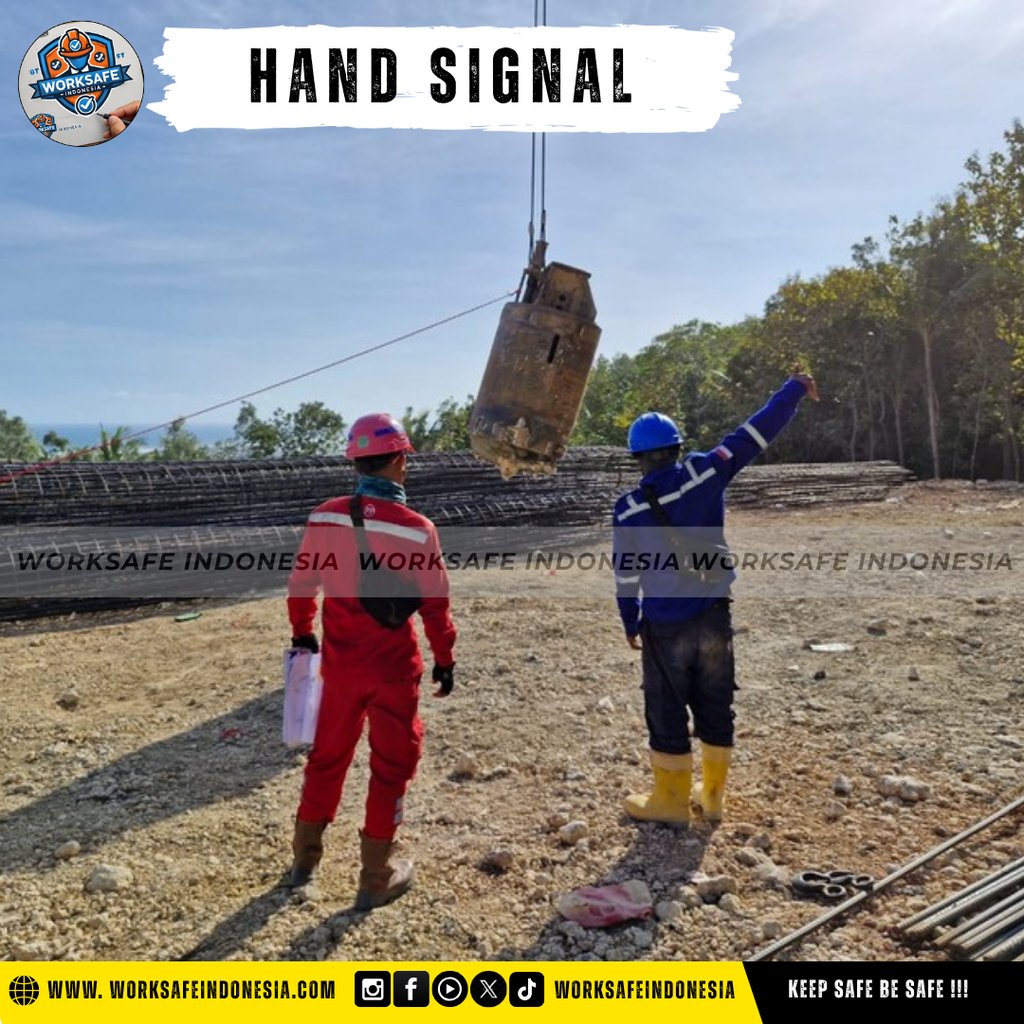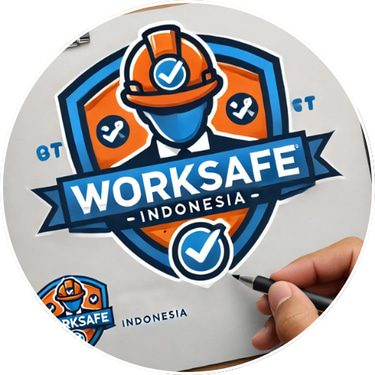
Promoting All About Safety, Health and Environmental
Hand Signals in Lifting: The Universal Language on Site
SAFETY
Septian Indra
8/11/20251 min read


Worksafe - Hand Signals in Lifting: The Universal Language on Site
In lifting operations using cranes, forklifts, or other lifting equipment, clear and fast communication between the operator and the rigger/signalman is essential for safety.
One of the most effective methods for on-site communication is the use of hand signals.
Hand signals act as a universal language, understood even in noisy environments, over long distances, or when voice communication is not possible.
Purpose of Using Hand Signals
Ensure Clear Instructions – Prevent misunderstandings between signalman and operator.
Enhance Safety – Reduce the risk of accidents due to miscommunication.
Improve Work Efficiency – Make lifting operations faster and more coordinated.
Standardize Communication – Ensure everyone understands the same signal meanings.
Role of the Signalman
A signalman is responsible for providing visual instructions to the crane or lifting equipment operator.
Must be trained and certified according to safety regulations.
Responsible for ensuring the work area is safe before giving any signal.
Standard Hand Signals in Lifting
(Ref: OSHA & ASME B30 standards)
Hoist – Arm extended upward, palm facing forward, move hand in small circles.
Lower – Arm extended downward, palm facing inward, move hand in small circles.
Stop – Arm extended to the side, palm facing forward.
Emergency Stop – Both arms extended to the side, palms facing forward.
Travel (Horizontal Movement) – Arm points in the direction of travel, move hand back and forth.
Swing (Boom Rotation) – Arm points in the direction of boom swing.
Extend Boom – Both hands in front of the chest, push outward.
Retract Boom – Both hands in front of the chest, pull inward.
Tips for Using Hand Signals On Site
Assign only one signalman to avoid conflicting instructions.
Ensure the operator and signalman have a clear line of sight.
Train all personnel to understand standard hand signals.
Wear high-visibility vests or gloves to make signals more visible.
Conclusion
Hand signals in lifting are not just hand gestures—they are a vital safety tool that saves lives.
By following standard hand signals and maintaining discipline on site, the risk of lifting accidents can be minimized.
Worksafe Indonesia
Keep Safe, Be Safe!!

